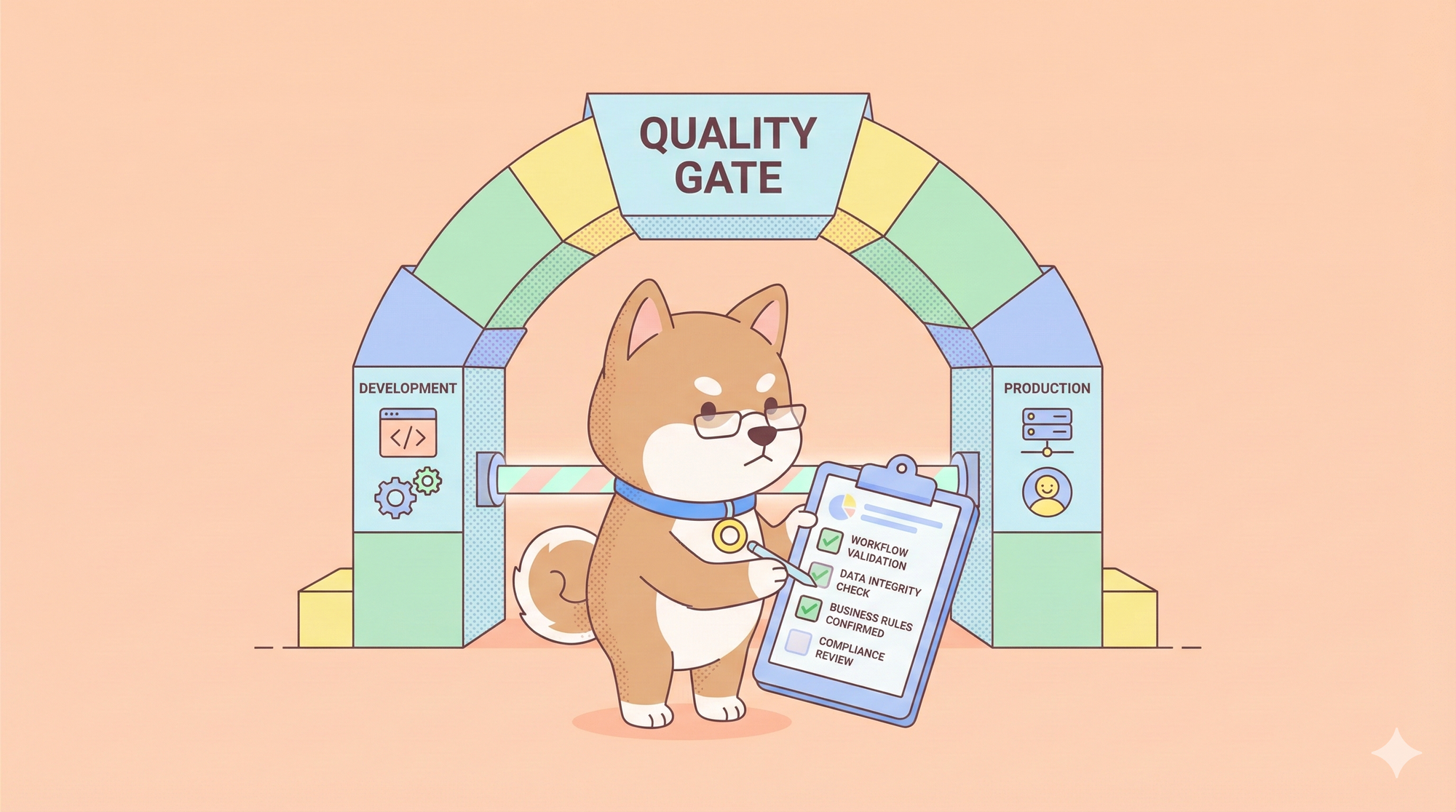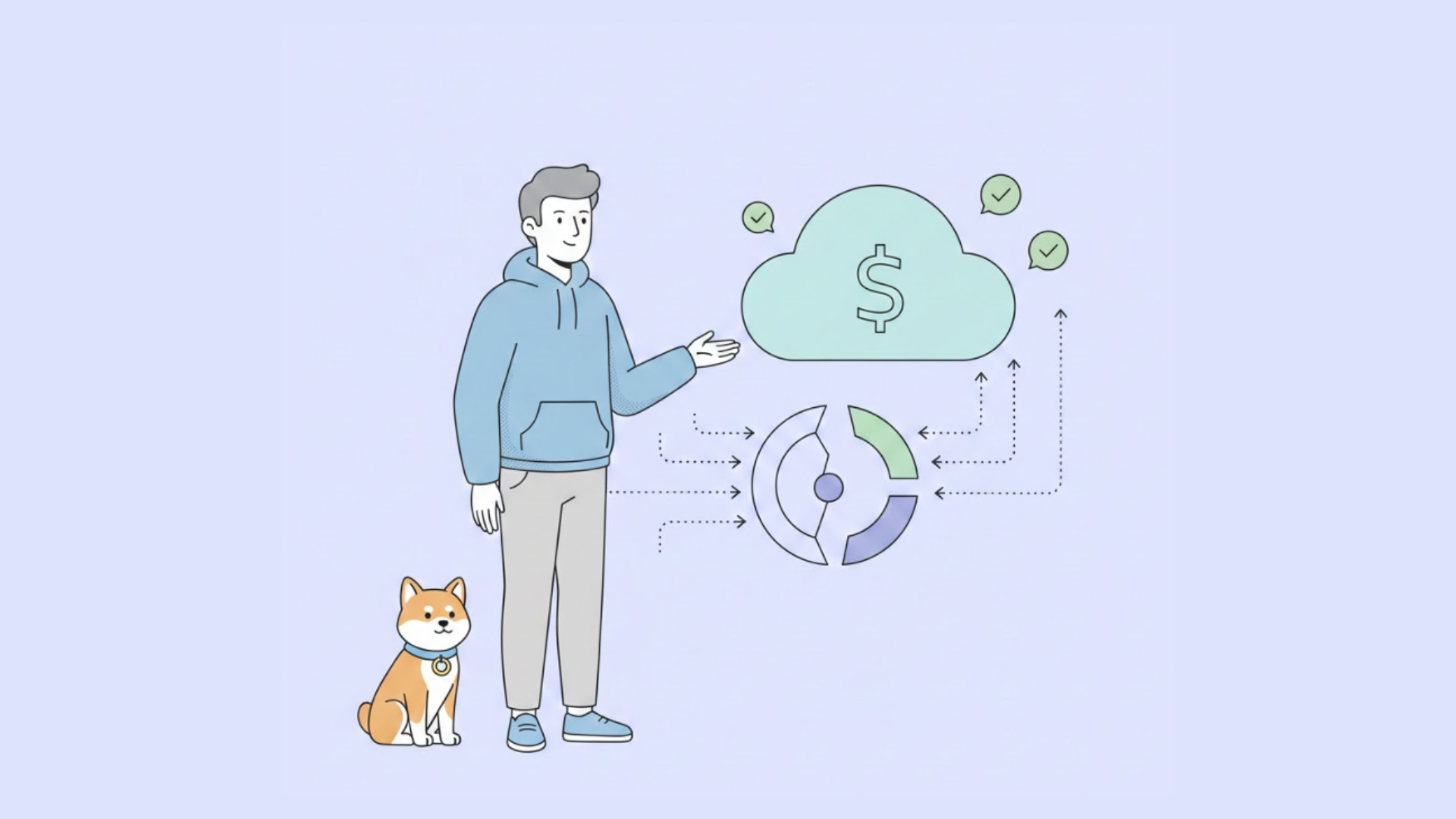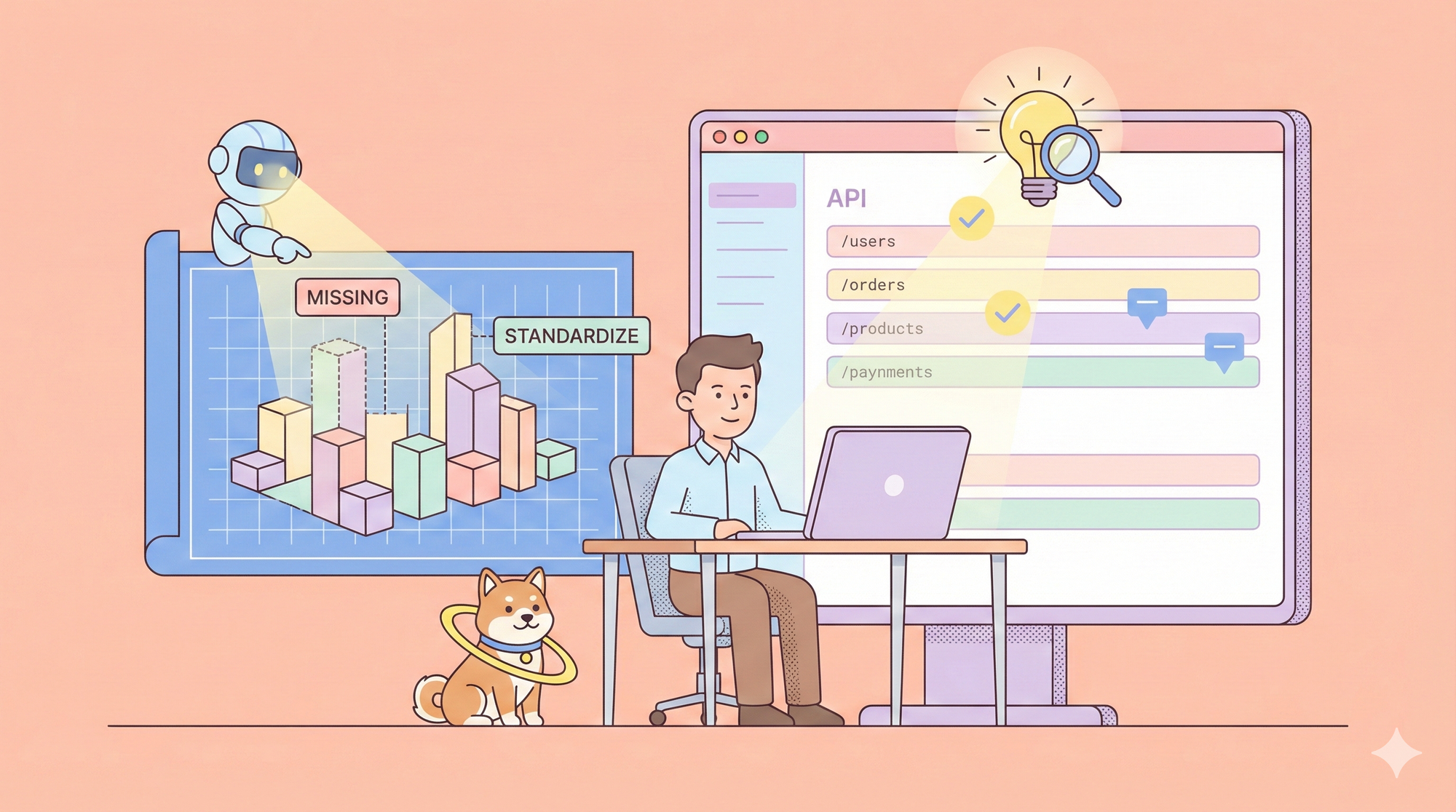The artificial intelligence landscape continues to evolve rapidly, with xAI's latest offering, Grok 4, representing a significant advancement in AI capabilities. This comprehensive guide will walk you through the technical process of accessing the Grok 4 API, understanding its pricing structure, and implementing it effectively in your applications.
What Makes Grok 4 Different from Previous Models
Grok 4 stands as xAI's most powerful AI model to date, offering unprecedented performance in natural language processing, mathematical reasoning, and complex problem-solving. Unlike its predecessors, Grok 4 provides enhanced multimodal capabilities, supporting both text and vision inputs while maintaining a substantial context window of 256,000 tokens.

The model demonstrates remarkable improvements in reasoning capabilities, implementing a "think before responding" approach that enhances accuracy and reliability. Additionally, Grok 4 introduces advanced function calling capabilities, allowing developers to connect the model to external tools and systems seamlessly.
Understanding Grok 4 API Pricing Structure
Before diving into implementation, developers must understand the pricing model for Grok 4 API access. The current pricing structure operates on a token-based system with different rates for input and output tokens.
Token-Based Pricing Model
The Grok 4 API uses a straightforward token-based pricing system. Input tokens are charged at $3.00 per 1 million tokens, while output tokens cost $15.00 per 1 million tokens. This pricing structure allows developers to predict costs accurately based on their usage patterns.

For applications requiring frequent API calls, xAI offers cached input tokens at a reduced rate of $0.75 per 1 million tokens. This feature significantly reduces operational costs for applications that process similar or repeated content.
Subscription Tiers and Access Levels
xAI provides multiple subscription tiers to accommodate different user needs:
Basic Tier (Free): Limited access to Grok 3 with restricted tokens and basic features SuperGrok ($300/year): Increased access to Grok 4, 128,000 tokens, and enhanced features SuperGrok Heavy ($3,000/year): Exclusive preview access to Grok 4 Heavy with early feature access and dedicated support

Each tier provides different levels of API access, making it essential to choose the appropriate plan based on your project requirements and budget constraints.
Step-by-Step Guide to Accessing Grok 4 API
Creating Your xAI Account
The first step involves creating an account with xAI and obtaining API credentials. Navigate to the xAI website and sign up for an account. After verification, you'll gain access to the developer dashboard where you can generate API keys.

Once your account is active, select the appropriate subscription tier based on your needs. The SuperGrok plan provides the most comprehensive access to Grok 4 features, while the Basic plan offers limited functionality for testing purposes.
Obtaining API Keys and Authentication
After subscribing to a plan, access your developer dashboard to generate API keys.

These keys serve as your authentication credentials for making API requests. Store these keys securely, as they provide access to your account and associated billing.

The authentication process uses bearer token authentication, where you include your API key in the Authorization header of your HTTP requests. This method ensures secure communication between your application and the xAI servers.
Making Your First API Request
With your API key ready, you can begin making requests to the Grok 4 API. The API endpoints follow RESTful conventions, making integration straightforward for developers familiar with modern web APIs.
Here's a basic example of how to structure your API request:
const response = await fetch('https://api.x.ai/v1/chat/completions', {
method: 'POST',
headers: {
'Authorization': 'Bearer YOUR_API_KEY',
'Content-Type': 'application/json'
},
body: JSON.stringify({
model: 'grok-4',
messages: [
{
role: 'user',
content: 'Your prompt here'
}
],
max_tokens: 150
})
});
This request structure follows the OpenAI-compatible format, making it easy to integrate Grok 4 into existing applications that use similar AI models.
Advanced Features and Capabilities
Function Calling Integration
Grok 4 supports advanced function calling, allowing your applications to connect with external tools and systems. This capability enables the model to perform actions beyond text generation, such as retrieving data from APIs, performing calculations, or triggering workflows.
When implementing function calling, define your functions with clear descriptions and parameter specifications. The model will determine when to call these functions based on the conversation context and user requests.
Structured Output Generation
The API supports structured output generation, returning responses in specific, organized formats. This feature proves particularly valuable for applications requiring consistent data structures, such as JSON objects or formatted reports.
Configure structured outputs by specifying the desired format in your API request. The model will then generate responses conforming to your specified structure, reducing the need for post-processing.
Reasoning Capabilities
Grok 4's enhanced reasoning capabilities set it apart from previous models. The "think before responding" approach ensures more accurate and thoughtful responses, particularly for complex queries requiring multi-step reasoning.
This feature automatically activates for queries that benefit from additional reasoning, though you can also explicitly request detailed reasoning in your prompts.
Optimizing API Performance and Cost Management
Implementing Caching Strategies
Effective caching strategies can significantly reduce API costs and improve response times. Utilize the cached input token pricing for frequently used prompts or context information.
Implement client-side caching for responses that don't require real-time updates. This approach reduces unnecessary API calls while maintaining application responsiveness.
Token Usage Optimization
Monitor your token usage carefully to control costs. Implement token counting mechanisms in your application to track usage patterns and identify optimization opportunities.
Consider truncating or summarizing long inputs when appropriate, as this can reduce input token costs without significantly impacting response quality.
Rate Limiting and Error Handling
Implement proper rate limiting to avoid exceeding API quotas and ensure consistent performance. The xAI API includes rate limiting mechanisms that developers should respect to maintain service availability.
Design robust error handling systems that gracefully manage API failures, network issues, and rate limit exceeded responses. This approach ensures your application remains stable under various conditions.
Testing and Development with Apidog
When developing applications that integrate with Grok 4 API, proper testing tools become essential. Apidog provides comprehensive API testing capabilities specifically designed for modern AI APIs.

The platform offers features like automated testing, mock servers, and detailed API documentation generation. These tools streamline the development process and help identify potential issues before deployment.
Furthermore, Apidog's collaborative features enable teams to work together efficiently when building applications that utilize AI APIs. The platform supports sharing test cases, API documentation, and development environments across team members.
Best Practices for Production Implementation
Security Considerations
Implement proper security measures when working with AI APIs. Never expose API keys in client-side code or public repositories. Use environment variables or secure configuration management systems to handle sensitive credentials.
Consider implementing additional authentication layers for user-facing applications, ensuring that only authorized users can access AI-powered features.
Monitoring and Analytics
Establish comprehensive monitoring systems to track API performance, usage patterns, and potential issues. Monitor response times, error rates, and token consumption to maintain optimal performance.
Implement logging systems that capture relevant information for debugging and optimization purposes while respecting user privacy and data protection requirements.
Scalability Planning
Design your application architecture to handle varying loads effectively. Consider implementing queuing systems for batch processing and load balancing for high-traffic scenarios.
Plan for future growth by designing modular systems that can easily accommodate increased usage and additional features.
Common Integration Challenges and Solutions
Handling Large Context Windows
Grok 4's 256,000-token context window provides substantial capability, but managing large contexts requires careful planning. Implement context management strategies that prioritize relevant information while maintaining conversation coherence.
Consider implementing context compression techniques for applications that need to maintain long conversation histories without exceeding token limits.
Multimodal Input Processing
When working with Grok 4's vision capabilities, ensure proper image preprocessing and format compliance. The API supports various image formats, but optimizing image size and quality can improve processing speed and reduce costs.
Implement proper validation for multimodal inputs to ensure compatibility and prevent processing errors.
Response Format Consistency
Maintain consistent response formats across your application by implementing standardized prompt templates and response parsing mechanisms. This approach ensures predictable behavior and simplifies maintenance.
Future Developments and Roadmap
xAI continues to develop enhanced versions of Grok 4, including specialized coding editions with real-time IDE capabilities. These developments will provide developers with more sophisticated tools for various use cases.
The company plans to expand API access and introduce additional features based on user feedback and market demands. Staying informed about these developments will help you leverage new capabilities as they become available.
Conclusion
Accessing and implementing Grok 4 API requires understanding both the technical requirements and business considerations involved. The combination of powerful AI capabilities, flexible pricing, and comprehensive API features makes Grok 4 an attractive option for developers building intelligent applications.
Success with Grok 4 API depends on proper planning, implementation of best practices, and ongoing optimization based on usage patterns and performance metrics. By following the guidelines outlined in this guide and utilizing appropriate development tools like Apidog, developers can effectively harness the power of Grok 4 for their applications.



